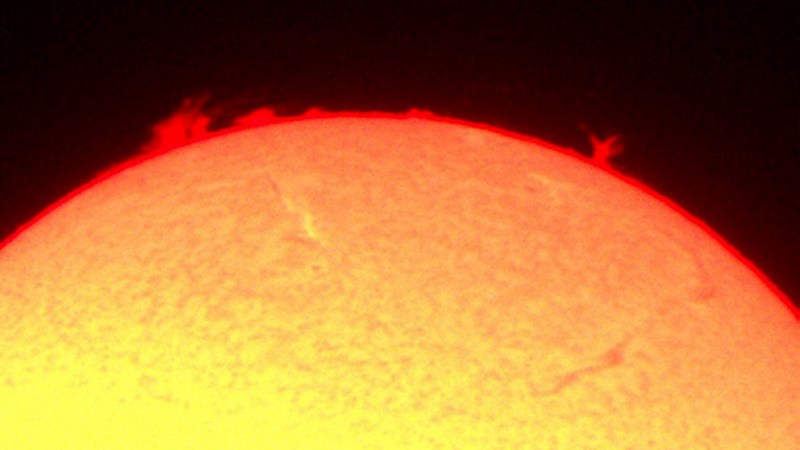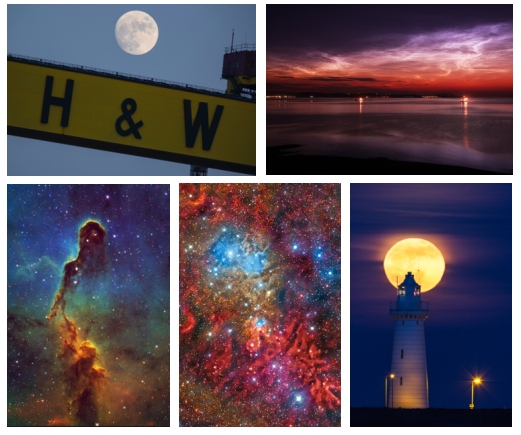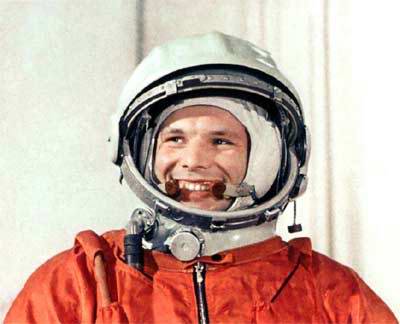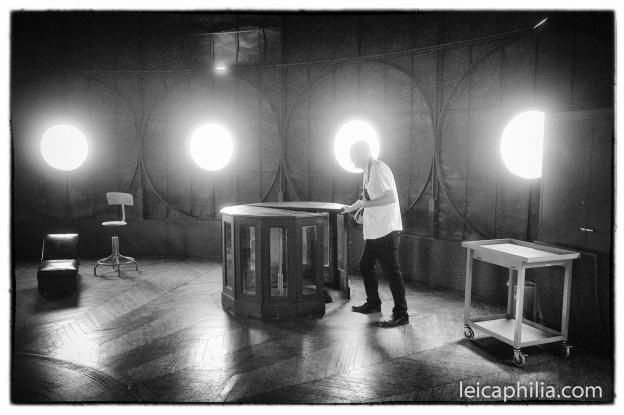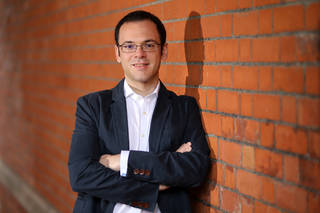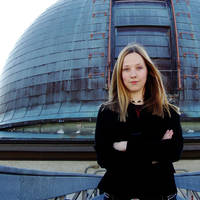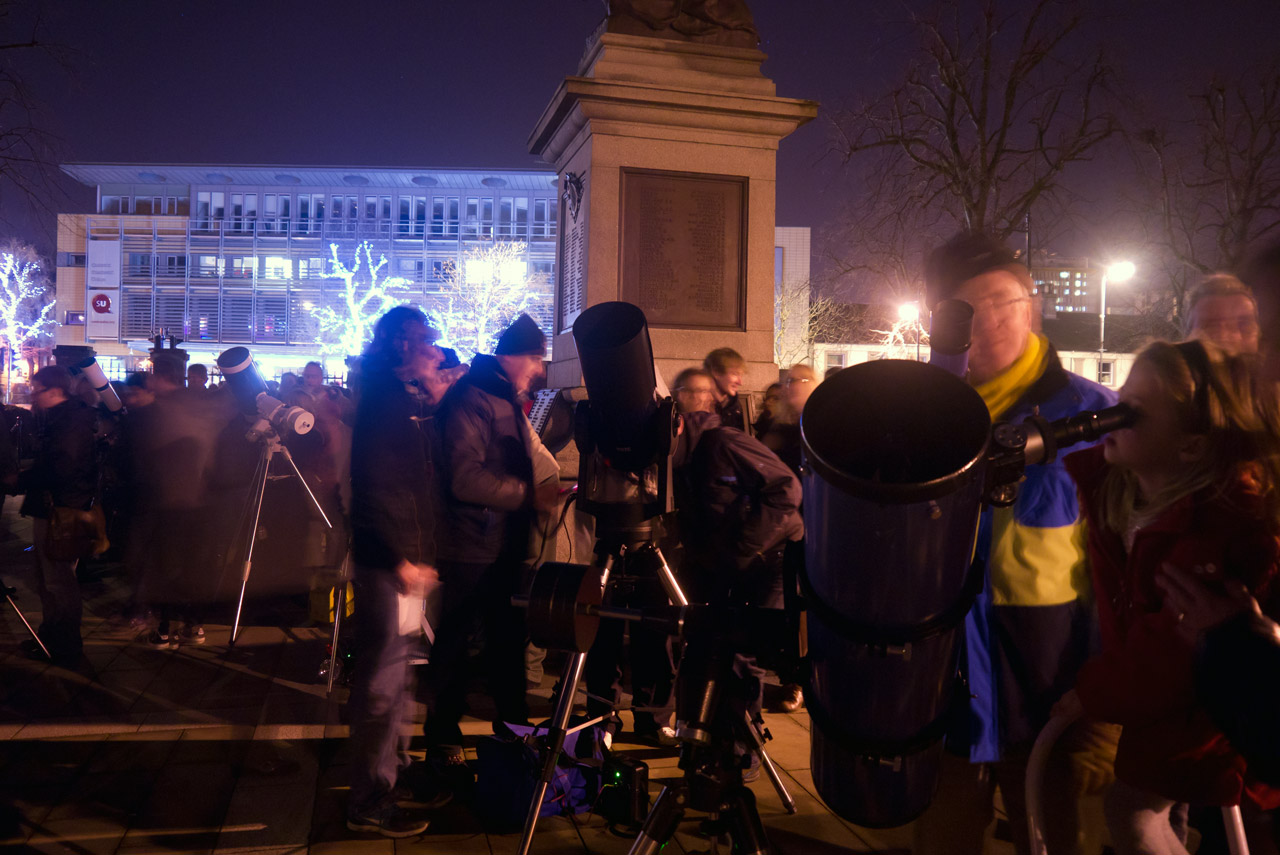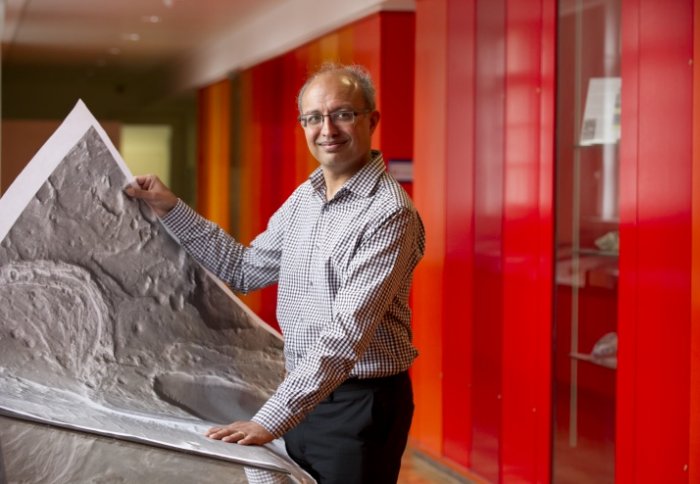All posts by iaaadmin
“Heavens Above” exhibition comes to Bangor! 3rd – 29th July
‘Heavens Above’ is an Astrophotography exhibition presented by The Irish Astronomical Association. All are welcome to the launch on Mon 3rd July 1.30-3.30pm in the Carnegie Library – Hamilton Road, Bangor. The exhibition is open until 29th July.
This is a free family event with Tea & Coffee, an incredible Meteorite display, solar viewing with telescopes, weather permitting, talks by Prof Stephen Smartt from QUB, Dr Mike Simms from the Ulster Museum and Paul Evans from the IAA.
All 40 images on display have been taken by our members.
The exhibition runs until 29th July 2017 and has previously been staged at a number of high profile venues with huge popular acclaim, including the Linenhall Library, Belfast, the Lisburn Island Arts Centre, the Clotworthy House gallery, Antrim and the St Patrick Centre, Downpatrick. The meteorites displayed are an exciting new addition to the exhibition originating from asteroids, the Moon and even Mars before they make a fiery landing on our own planet Earth. These meteorites are both rare and valuable and this is your chance to get up-close with these remnants from the solar system’s other worldly bodies.
This piece concerning the Meteorites on display was written by Dr Mike Simms of the Ulster Museum….
From Heavens Above to Hell on Earth
Annual General Meeting, Weds 12th April
Lecture – Weds 29th March – Henry Joy McCracken – Institut d’Astrophysique de Paris – “The Euclid Mission: finding out what dark matter and dark energy really are”
Lecture – Weds 15th March – Dr. Cosimo Inserra “Building bridges to the mysteries of our Universe with the brightest cosmic explosions”
Lecture – Weds 1st March – Dr Katja Poppenhaeger (QUB) – “Exotic worlds: planets in other solar systems and what they might look like”
Dr Poppenhaeger will talk about how astronomers discover planets in other solar systems, and show a few of the most breathtaking scenarios for what those planets may look like. What would life be like on a habitable world around a tiny red sun? Could a moon around a giant planet be habitable? What would happen if an Earth-like planet were just a tiny bit closer to its sun than we are to ours? She will give a glimpse into the science behind these questions, and show which stars out there actually have possibly habitable worlds around them. There will be ample opportunity for asking questions after the talk.
Stargazing at Queen’s University, Belfast 20th, 21st or 22nd Feb
Event Status: Observing cancelled Wednesday due to weather..
As part of the NI Science Festival, in conjuction with QUB ARC, we are putting on an evening of public observing outside the Lanyon Building at Queen's University, Belfast. In order to try and get good weather, this will take place on the First clear evening of Mon 20th, Tues 21st or Weds 22nd and a weather update will be posted here on each day. Start time will be 18:30 if it's Mon or Tues, and 20:00 if it's Weds due to the Prof Sanjeev Gupta lecture.
In the sky we will have planets Venus, Mars and Uranus, plus the constellations of Orion, Taurus, Auriga and many more.
Weds 22nd Feb 6:30pm – “Exploring the Red Planet – Adventures of the Curiosity Rover” by Professor Sanjeev Gupta, Imperial College, London.
Lecture Weds 15th Feb – Dr Michele Bannister, QUB “Icy Wonders of the Outer Solar System”
ISS Lunar Transit Photographed from Sprucefield
IAA President Paul Evans has successfully imaged a transit of the International Space Station (ISS) from Northern Ireland. Using information provided by the website Calsky.org, Paul determined that Sprucefield near Lisburn would be on the centreline of the transit which would take place after the ISS had passed Venus and Mars and moved into Earth's shadow. It so happened that the sky was clear if slightly hazy so an attempt was made. Paul used his Celestron ED 80 telescope with Lumix G7 camera at prime focus in 4K video mode, taking 25 8 megapixel images every second. From the video it was found that 11 frames had the ISS on the illuminated part of the Moon and these were stacked up Using Starstax software to produce the image below. (Click for Full Size)

